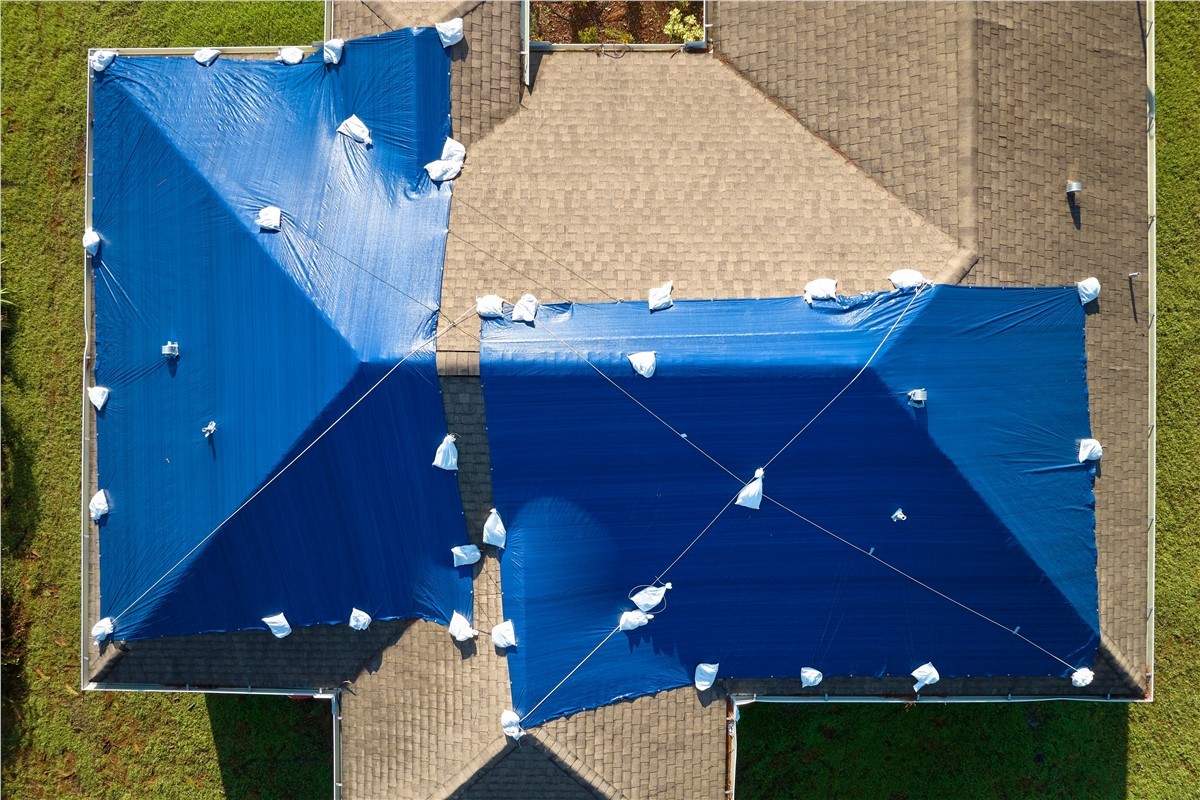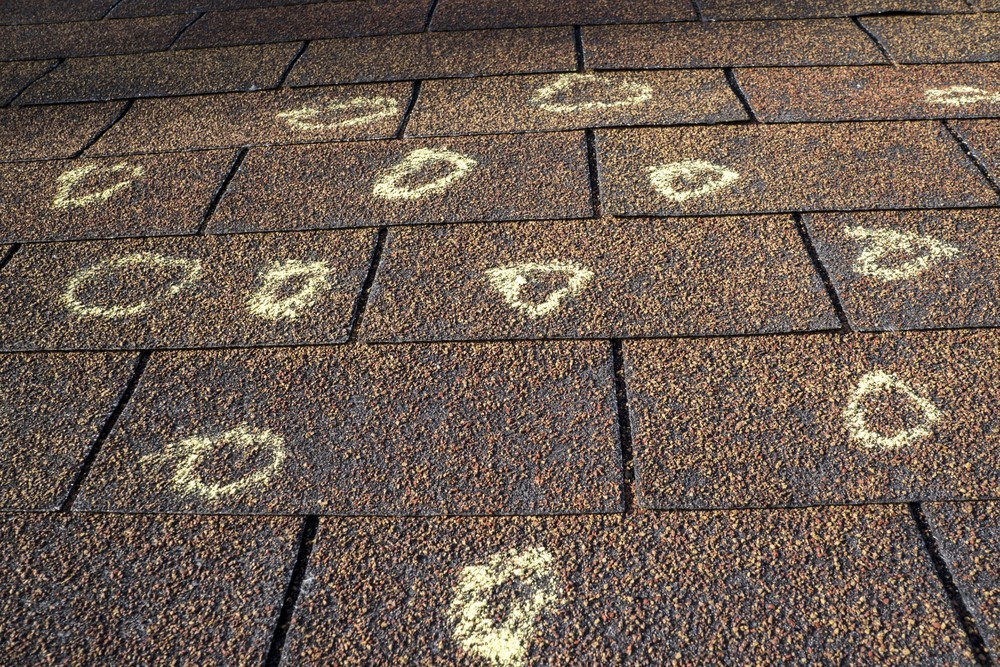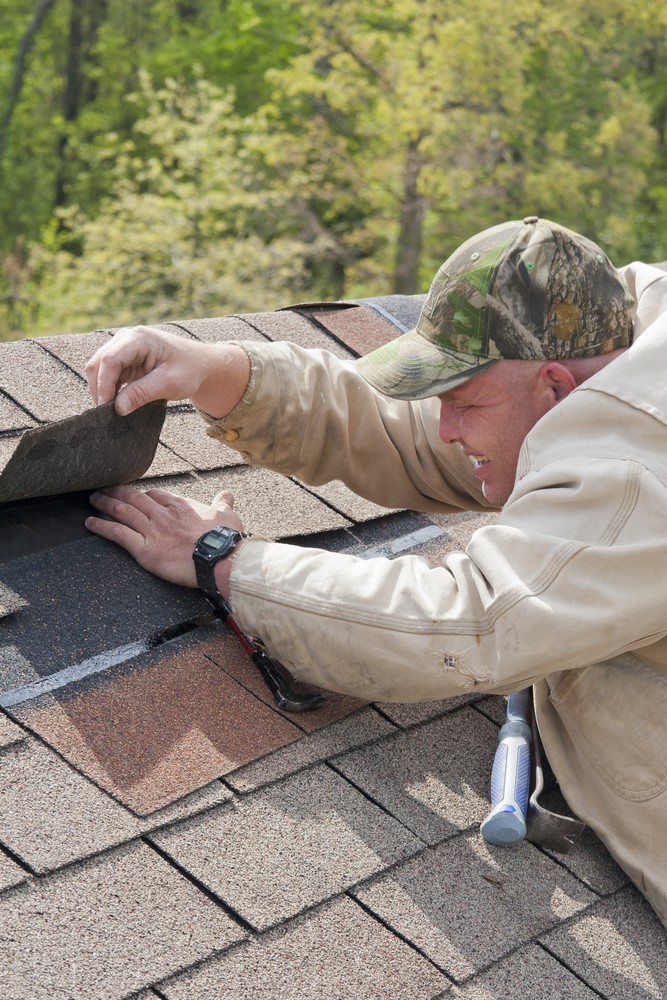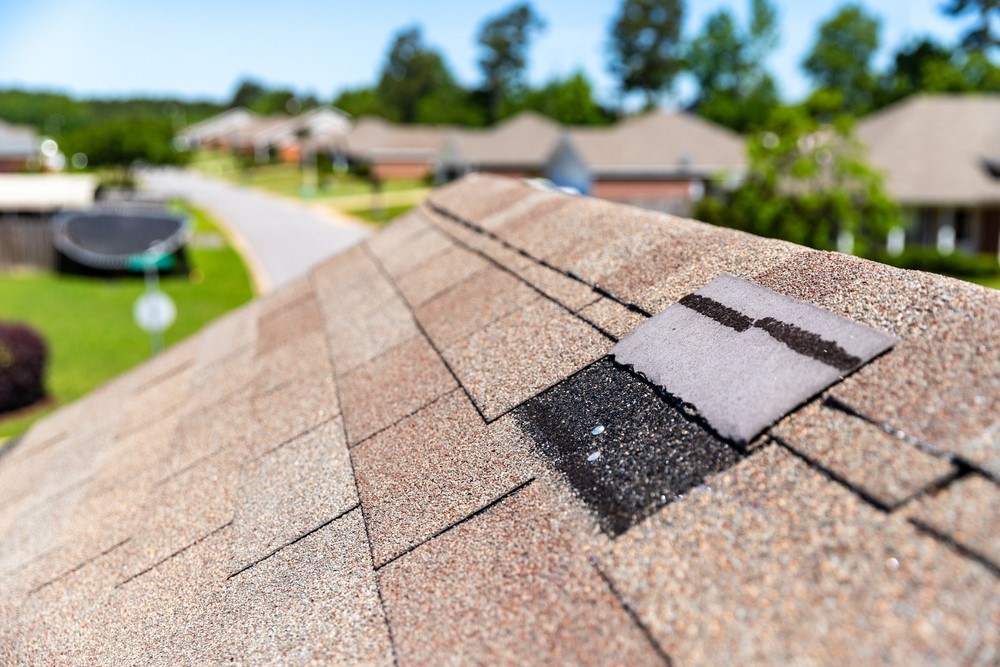
If a storm has recently passed through your area, you may be wondering if your roof sustained any damage as a result. You could always walk around your home, viewing your roof from different angles, but it can be difficult for homeowners to discern themselves what types of damage are most likely from a recent storm, and which may be due to gradual wear and tear over time.
In Northern Indianapolis, GRC Contractor Roofing & Restoration has 20+ years providing homeowners in the area with both reliable roofing and storm damage restoration services, and can help anyone determine the probability that their roof became compromised following a severe weather event.
What Does Storm Damage on a Roof Typically Look Like?
Wind and hail are two of the most common elements storm restoration contractors deal with, so if either was present in a storm, your roof may have been affected. While in some cases storm damage can quickly be spotted from ground-level, it isn't always easy to determine if a roof was compromised specifically because of a recent weather event.
When you're inspecting your own roof, look for some of these top signs that strong winds or hail stones impacted the integrity of your roofing system:
- Curled or Lifted Shingles
- Pockmarked or Dented Shingles
- Asphalt Granules in Gutters
- Dented or Detached Gutters
- Torn or Dislodged Flashing
- Debris on Top of Roof
- Signs of Water Leaks or Damage
What Types of Damage are Less Likely Caused by a Storm?
The presence of decay or deterioration on your roof doesn't necessarily equate to storm damage. There are many types of wear and tear commonly spotted on roofs that usually have more to do with the age, installation methods, or elemental exposure than poor weather conditions. Some of these types of damage include:
- Buckled Shingles: When your shingles appear wavy and uneven, this could be caused by old age or a faulty installation.
- Faded Shingles: If you notice discoloration on your shingles, this is more likely due to constant sun and UV ray exposure than a storm.
- Vegetation Growth: When mold or algae begin popping up on your roof, you may have an issue with improper ventilation.
- Holes in Roof: Depending on what the hole looks like, this could easily have been caused by pests and insects rather than hail.
What Should I Do If My Roof Was Recently Damaged by a Storm?
If you suspect your roof was compromised by a storm, you should make two calls as soon as possible—the first should be to your insurance company, and the other to a trusted roofing and restoration contractor. Many contractors, such as GRC Contractor Roofing & Restoration, will help you navigate the entire insurance claim process to make the entire ordeal feel much easier and more doable.
We'll also complete our own inspection of your roof to ensure we've uncovered and documented every last sign of damage so that you can get the best coverage possible and our repairs will last for decades to come. Get in touch with our expert team today to learn more about our roofing solutions and restoration services, and we'll give you a free estimate on any that you're interested in.
Subscribe to GRC Contractor Roofing & Restoration's Blog






